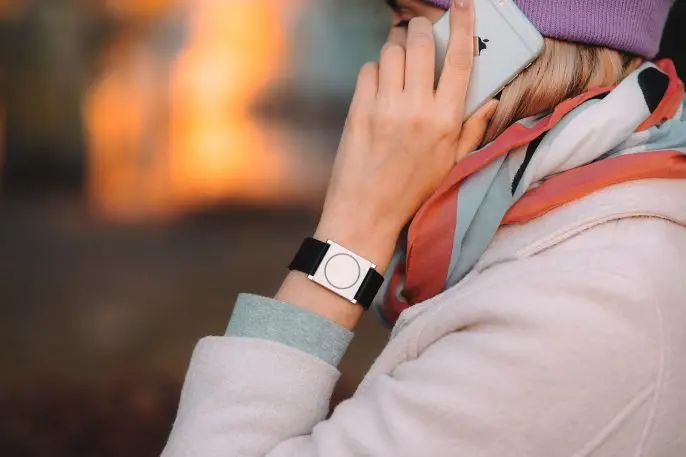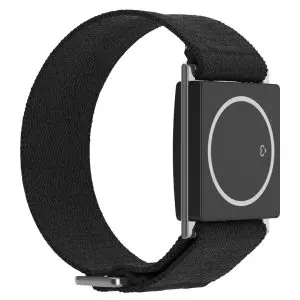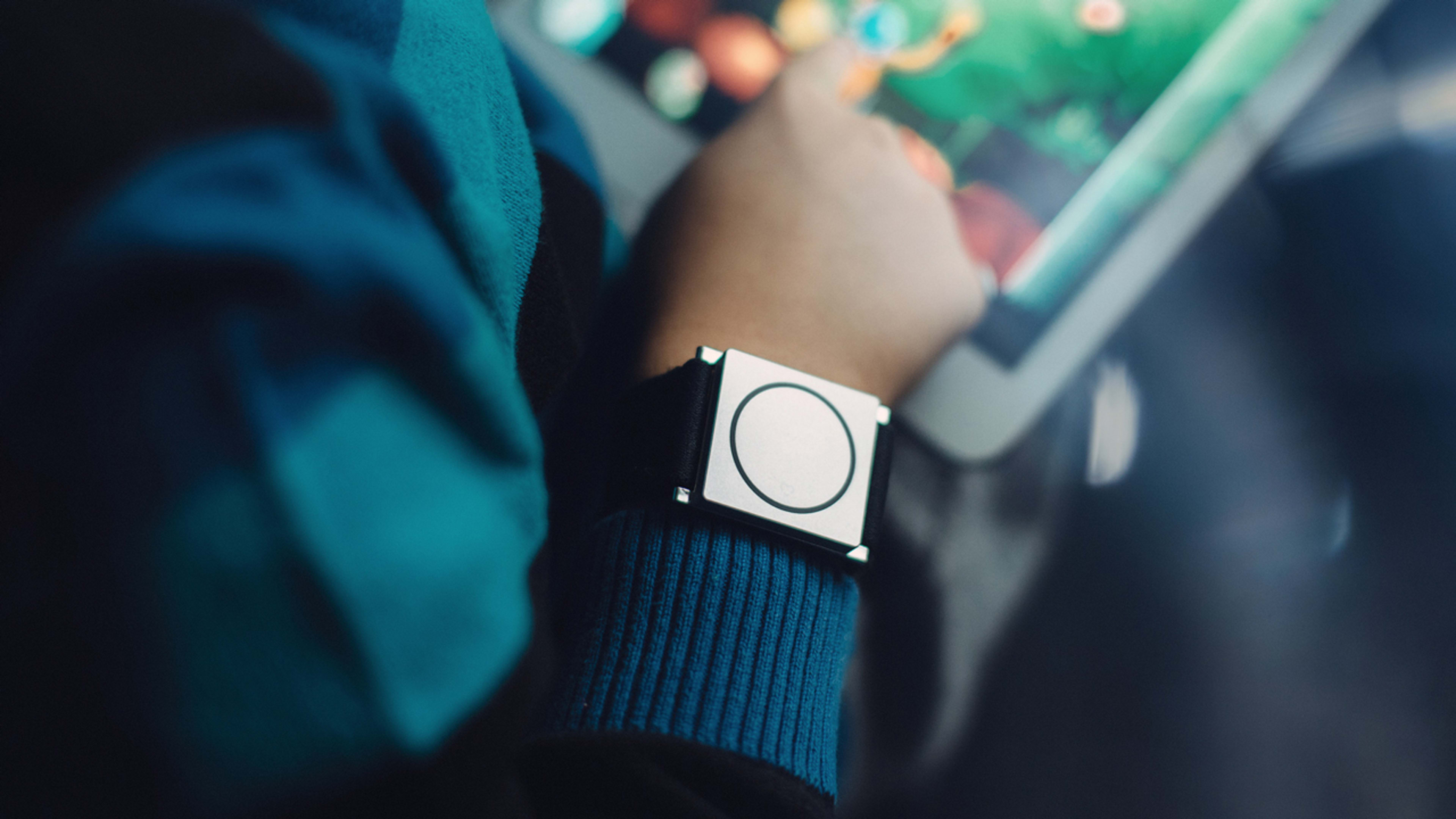What if you could scientifically confirm you were stressed? Better yet: What if you could predict a panic attack—and head it off?
The Embrace by Empatica is a wearable device that aims to change the future of stress management. Modeled like a smartwatch, the FDA-approved device analyzes physiological signals to detect seizures. It retails for $249 and, of course, tells time.
“Our focus has been on developing sensors to understand human behavior,” says cofounder Matteo Lai.
The Centers for Disease Control and Prevention (CDC) estimates that 1.2% of the population– that’s 3 million adults and 470,000 children–suffer from epilepsy. Empatica attempts to make living with the condition more manageable, while at the same time, using the study of epilepsy as a stepping stone toward an even bigger, more widespread issue: stress and how to deal with it.

Measuring stress
“Stress is a complicated concept,” says Rosalind Picard, cofounder and chief scientist of Empatica, Inc., and a professor at the MIT Media Lab. Analyzing stress requires the ability to distinguish “fight or flight” stress from other events that look or feel like it–like say, stress induced by watching your favorite sports team play. Or shopping at Macy’s.
Stress elicits responses in the sympathetic nervous system that can activate sweat glands, often turning your palms clammy. But even if you are not noticeably sweating, the current that runs through activated sweat still changes the surface of the skin. It’s called skin conductance. “And that’s one of the signals we measure that changes with stress,” says Picard.

This serves as a valuable guide for those living with the condition. If you have a child who suffers from seizures, a green or red light signals whether it’s safe to go on a school trip that day.
“We’re not claiming to monitor all kinds of stress,” notes Picard. “What [our product] does is measures changes in our physiology.”
The Cambridge, Massachusetts-based company began with epilepsy because it’s considered a crucial field of study for understanding the brain, specifically analyzing the differences between the left and right sides. The idea of one day being able to become the authority on overall stress isn’t too far off, the startup hopes.
“We’re still fairly limited in scope because [the product] is used for specific medical applications,” says Lai. “For it be broadly used beyond that, we still need some time.”

The role of design
In 2012, Rosalind Picard, then a professor at the MIT Media Lab, served as the director of the Affective Computing Research Group, a sector devoted to understanding human emotions through facial expressions and body signals. It was founded to teach emotions to robots.
Picard began to use Empatica’s early sensor technology to better understand kids with autism, who, she says, are often misunderstood. “People with autism are often very stressed, and people surrounding them don’t notice it. By reading the skin conductance signal, people could see if the person was inwardly very agitated or inwardly very calm–even if outwardly they looked the same,” she says.
Lai and Picard ultimately realized they shared similar research goals and decided to join forces in 2014. Together, the duo worked on a new concept: crafting wearable tech that tracks stress and looks like an Apple Watch.

The Embrace team wanted to design an automated product that users would be proud to wear. The result resembles a sleek and minimalist Scandinavian version of the Apple smartwatch, with polished steel, that in no way alerts strangers that it’s meant for medical purposes.
The startup raised nearly $800,000 from 3,000 backers on Indigogo in 2015 and began shipping out to customers in 2016. In early 2018, it received FDA clearance as an official medical device.
One of the Embrace’s top selling points is customization. Empatica relies on machine learning to accumulate data on users’ habits and cycles, thereby improving its forecasting ability. The more data you have from each patient, the better the algorithm gets over time, explains Lai.

“A lot of these disorders are related to managing [daily] complexities in life,” he explains, adding, “so what we want to do with the monitoring technology is help people navigate better choices for their behavior . . . The idea is that you can sort of intervene and learn and change things over time.” Solutions can be achieved with sleep and breathing changes, counseling, or by adjusting diet, workload, physical activity, or “some complex mix of some or all these,” explains Picard.
Ultimately, the goal of Empatica is to further data analytics, specifically predictive analytics. The idea is that with enough information, the devices can suggest what people should do next to prevent panic attacks and other stress reactions. The company has launched another smartwatch sensor, called E4, just for scientific research (and not for sale).

While Empatica believes it can successfully expand to other behavioral issues, there are still some challenges. Most noticeably, there’s the ability of translating data patterns into action. “It’s actually really hard to give this data to a random person and have them properly interpret them,” says Picard.
Lai acknowledges there’s “still some work to be done” in bridging the gap between data and a system that makes it decipherable. Ideally, he explains, it would embody the same idea as a fitness tracker counting steps, “but instead you count for your brain.”
For now, the Empatica research team is focusing on more urgent, life-saving applications, like preventing SUDEP (Sudden Unexpected Death in Epilepsy), before moving onto more general disorders.
But the goal is to one day help us all deal with our daily pressures: “We’re developing the applications that can help people understand stress . . . the technology is there,” says Picard.
Recognize your brand’s excellence by applying to this year’s Brands That Matter Awards before the early-rate deadline, May 3.
